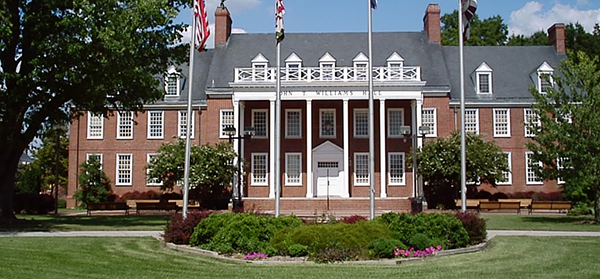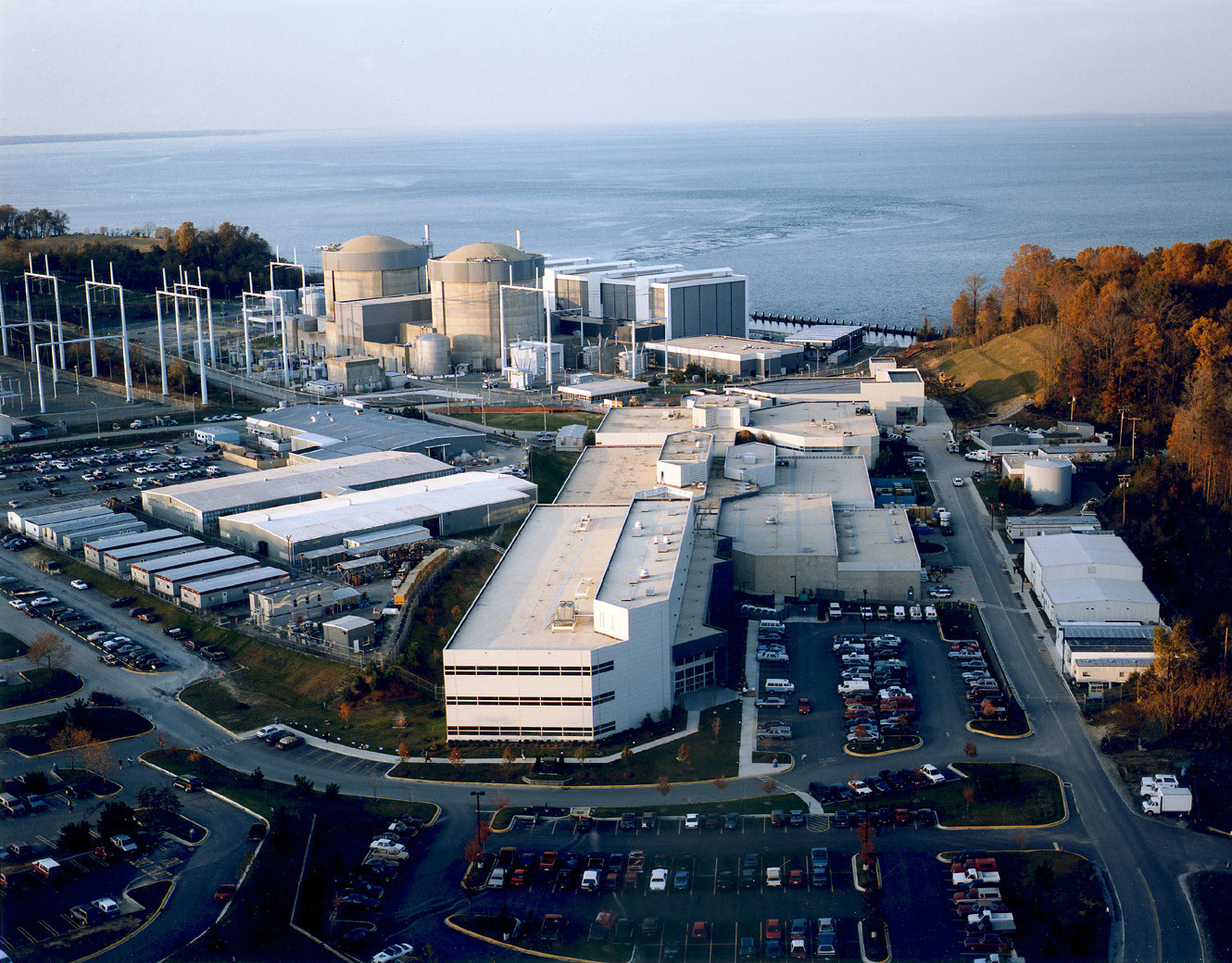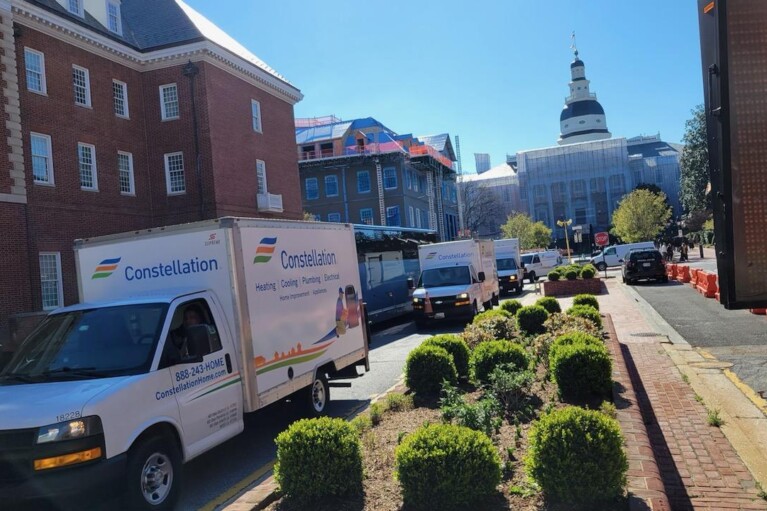Environmental Justice Advocates Sound Alarm Over Eastern Shore Pipeline

The proposed Eastern Shore Pipeline Project, which would bring fracked natural gas from Delaware into Somerset County, runs primarily through low-income communities of color, a recent analysis by the Chesapeake Climate Action Network found.
Out of the 40 census blocks surrounding the proposed pipeline route through Maryland, only four were not identified as potential environmental justice populations. There are especially large majority minority and low-income populations concentrated around Salisbury in Wicomico County, where the proposed pipeline project would begin. The study also found a large census tract with over 70% minority population and 24% of low-income residents adjacent to the proposed pipeline in Somerset County.
The natural gas pipeline already exists in in Delaware and Wicomico County in Maryland, but this project would extend it from Wicomico to Somerset County, one of three counties in Maryland that do not have access to natural gas and have missed economic opportunities because of it, according to Daniel K. Thompson, executive director of the Somerset County Economic Development Commission.
With an unemployment rate at 9.1% and the highest poverty rate in the state at 23.4%, Somerset County would greatly benefit from access to natural gas, as it would provide additional tax revenue, decrease local businesses’ energy costs and help create more jobs, Thompson said. Mountaire Farms, the chicken processing company that is waiting to invest an additional $5 million and add five to seven new jobs, as well as Somerset Crossing, a development project in Princess Anne that will create 75-100 new jobs, will benefit immediately after natural gas is made available in Somerset County, Thompson said.
“Somerset County has many challenges such as high unemployment, high poverty rates, high energy cost, etc. Therefore, why should one of the most challenged counties in Maryland not have access to natural gas, when other counties enjoy the benefits?” he said.
Environmentalists argue that expanding gas infrastructure is short-sighted, as companies like the Chesapeake Energy Corporation (not affiliated with Chesapeake Utilities Corporation, the pipeline company) filed for bankruptcy this summer and many more are expected to do so by the end of next year. Rather, electrifying buildings is a lower cost alternative compared to gas and leads to lower energy bills in the long-run, according to Energy and Environmental Economics, Inc., an energy consulting firm.
“It is economically foolish to build the very expensive polluting infrastructure of gas pipelines and equipment, which is already outpriced by highly competitive and non-polluting solar and wind,” John Groutt of the Wicomico Environmental Trust said in a statement. “The pipelines will become worthless stranded assets within a very few years, leaving Maryland taxpayers to continue paying for it for years to come.”
The two major recipients of the extended pipeline are the University of Maryland Eastern Shore (UMES) and the Eastern Correctional Institution, a medium security state prison. The Maryland Environmental Service signed a contract with Chesapeake Utilities to build the pipeline last year, which now needs to obtain wetlands permits from the Board of Public Works in order to begin construction.
Currently, the Eastern Correctional Institution generates heat by burning wood chips, while UMES generates heat by burning propane and oil.
“We’ve long sought a more environmentally friendly source of energy to provide electric and thermal needs for ECI, and natural gas seemed like a natural clean, reliable source of energy,” said Dan Faoro, spokesman of Maryland Environmental Service. “It’s far cleaner than the wood-chips that they’ve been using.”
The proposed pipeline in Somerset would only increase the state’s overall gas use by .0001%, said Justin Mulcahy, a spokesman for Chesapeake Utilities Corporation. “While this is an incremental project in the context of Maryland, it provides major environmental and economic benefits for Somerset County,” he said.
Even so, it is not smart to replace dirty sources of energy with another, environmentalists claim. “Fracked gas is just as bad, if not worse, than coal over a 20-year time frame,” Anthony Field, the Maryland campaign coordinator of the Chesapeake Climate Action Network, said during a news conference this week.
Jailynn Britt, a student at UMES, sees the proposed pipeline project as a “grave injustice,” threatening the soil and water that UMES, a historically black college and university, depends on for its agriculture research. “This pipeline provides no sustainable benefits to the school,” she said in a press conference Tuesday.
Although MES called the procurement process “exhaustive and competitive,” alternative energy proposals were not considered from the beginning. In its request for proposals, MES asked specifically for a “natural gas pipeline” to supply the Eastern Correctional Institution and UMES campus.
Without looking into alternative energy sources, such as solar, wind, and geothermal energy, MES cannot claim that natural gas is the cleanest and most effective energy source for the prison and the university, environmentalists said.
In July, the Maryland Board of Public Works unanimously voted to pay contractors more than $500,000 to upgrade facilities at the Eastern Correctional Institution so that it could accept gas as a fuel source. But environmentalists pointed out that this was awarded before the correctional institution obtained the permits needed for construction by the state. The Board of Public Works may decide on the wetlands permit for the first portion of the pipeline as early as next Wednesday.
The CCAN report also found that Salisbury is particularly a high-risk area, not only because of how dense the population is, but also because the pipeline project envisions building a renewable natural gas facility there, which would convert organic material from the poultry industry, such as manure and food waste, into renewable natural gas. But this incentivizes more waste production, Field said.
However, since excess organics produce greenhouse gas emissions that flow into local waterways, converting excess organic material into fuel “will help protect the environment and keep local waterways clean,” Chesapeake Utilities Corporation spokesman Mulcahy insists. Otherwise, he said, the excess organic material would have been sent to a landfill, where it would decompose and release greenhouse gas emissions that are used as fertilizers or incinerated, which contributes to air pollution.
Still, environmentalists claim that renewable natural gas is expensive and limited in supply. A report by Earthjustice and Sierra Club found that the total potential supply of renewable natural gas cannot replace even a portion of the existing demand for fossil gas by 2040. Furthermore, large-scale farms that produce lots of waste are dangerous sources of methane, a strong greenhouse gas.
“While states across the country are moving away from gas, Maryland put its thumb on the scale for gas, foregoing the opportunity for comprehensive review of alternatives,” Field said.




 Creative Commons Attribution
Creative Commons Attribution